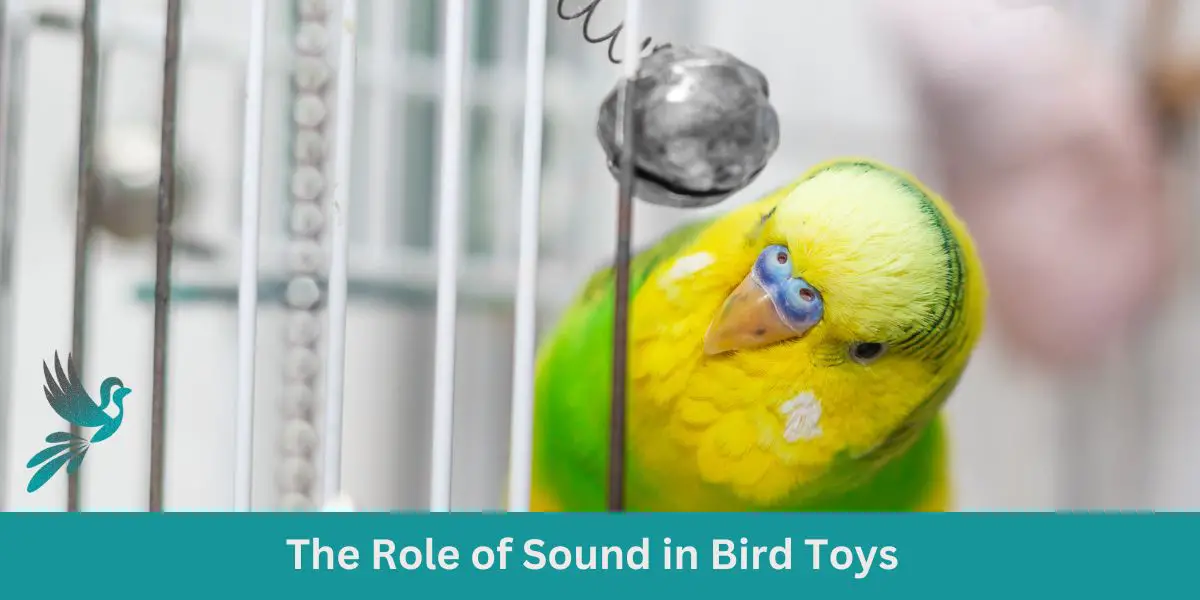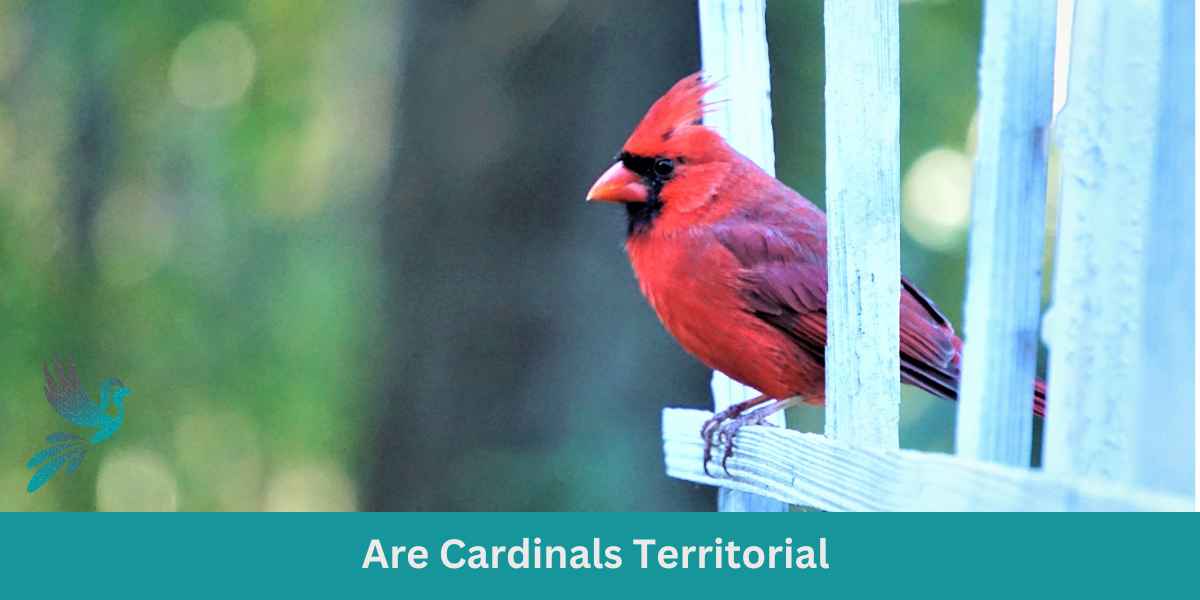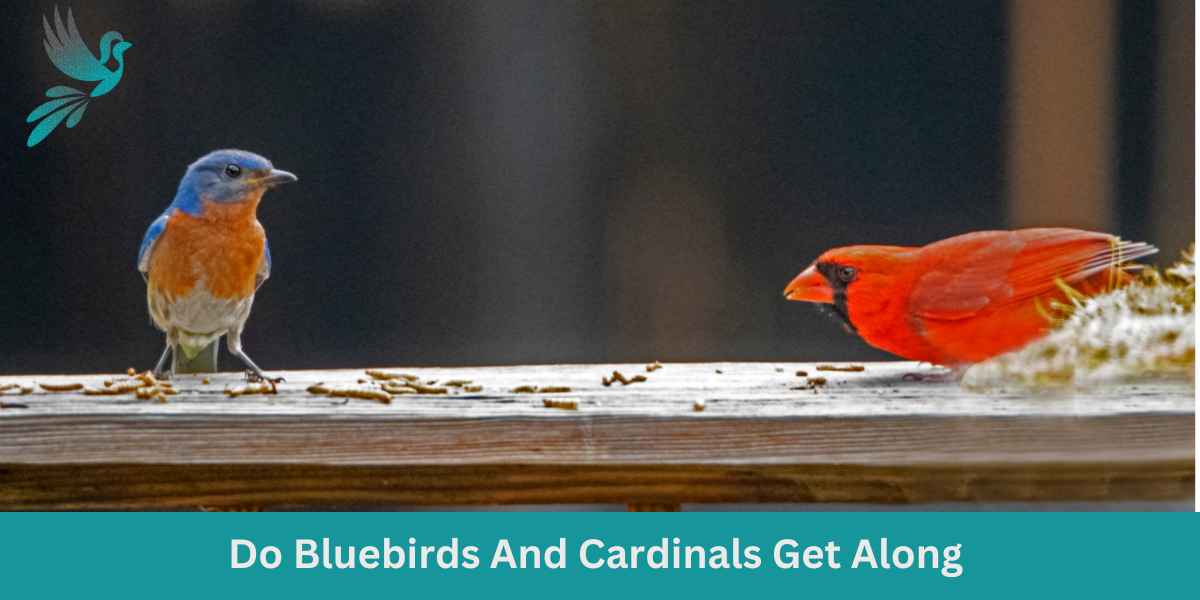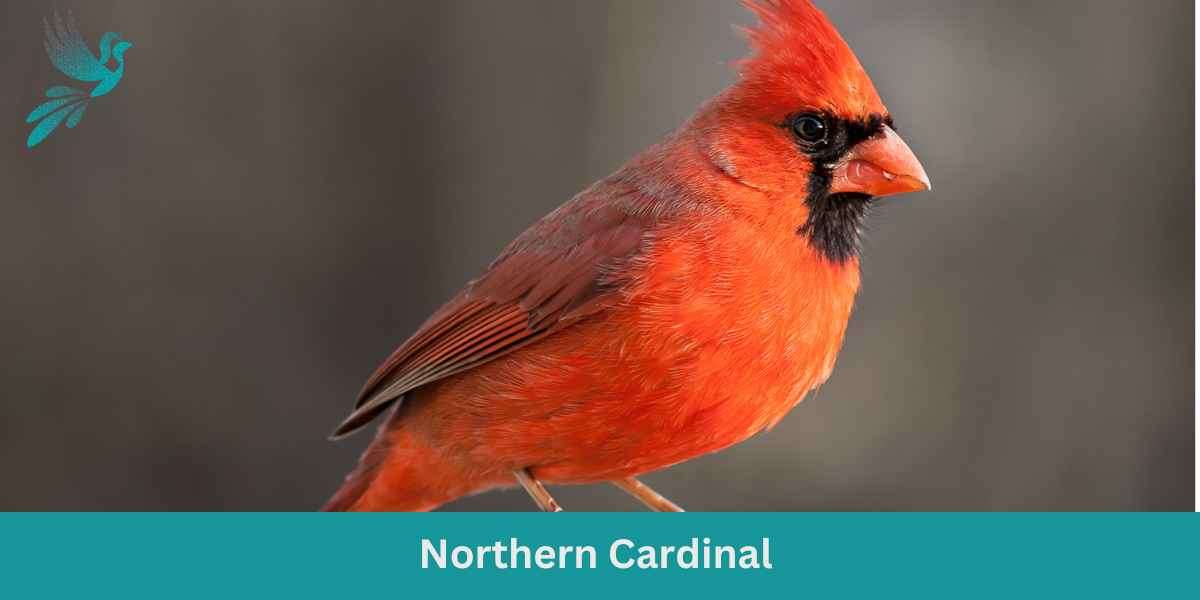Birds, known for their melodious songs and calls, are naturally attuned to sounds. Just as visuals and tactile sensations play a role in their lives, so does sound.
When it comes to bird toys, integrating sound can greatly enhance the experience for our feathered friends. This article delves into the significance of sound in bird toys and its impact on a bird’s well-being.
Sound as Stimulation
- Cognitive Engagement: Just like puzzles for the human mind, sound-based toys challenge birds to think, react, and interact. Whether it’s a rattle, bell, or chirping mechanism, the noise prompts curiosity.
- Mimicking and Response: Birds, particularly parrots, are known for their mimicking abilities. Toys that produce distinct sounds can encourage birds to copy, enhancing their vocal repertoire.
Sound serves as a potent stimulation for birds, much like puzzles do for the human mind. Toys that produce noise, be it through a rattle, bell, or chirping mechanism, spark a bird’s curiosity.
These sound-based toys not only engage them but also challenge them to think, react, and interact, thereby promoting cognitive engagement.
Birds, especially parrots, possess an innate ability to mimic sounds. Introducing them to toys with distinct noises can serve as an encouragement for them to copy and imitate. This not only keeps them entertained but also broadens their vocal repertoire, allowing them to express themselves in diverse ways.
Benefits of Sound-based Toys
- Combating Boredom: The auditory stimulation provided by sound-based toys can prevent feelings of boredom, especially in birds that spend extended periods in cages.
- Reducing Stress: Familiar and gentle sounds can provide comfort to birds, especially in new or anxiety-inducing environments.
- Encouraging Activity: Sound can motivate birds to be more physically active. They might flap, dance, or jump in response to the noises their toys produce.
Birds are naturally curious and playful creatures, and toys that make noise can pique their interest and stimulate their senses. Toys that incorporate bells, chimes, or other sound-making elements can provide hours of entertainment for your bird.
Sound can also help build your bird’s confidence. Birds that are timid or shy may be hesitant to play with toys, but the addition of sound can help them feel more comfortable and encourage them to explore and interact with their surroundings.
When choosing bird toys that incorporate sound, it’s important to consider the type of noise they make. Loud or sudden noises may startle or frighten your bird, so toys that produce softer, more gentle sounds may be a better choice.
The Impact of Sound on Bird Behavior
- Different Sounds for Different Moods: Just as humans enjoy different genres of music, birds can appreciate a range of sounds. Rotating toys with varied noises can cater to a bird’s changing moods and preferences.
- Volume Matters: It’s important to provide toys with different volume levels. While some birds might enjoy louder toys, others may prefer softer, more subtle sounds.
Birds are attracted to sounds that have a pattern, such as chirping or tweeting sounds. Toys that produce thin sounds, such as bells or chimes, can also grab their attention. These sounds can stimulate their curiosity and encourage them to play with the toy.
Birds have sensitive hearing, and loud noises can be stressful for them. Toys that produce soft sounds, such as rustling or crinkling, can be soothing and calming for birds. These sounds can help reduce stress and anxiety in birds.
Toys that produce sounds similar to the ones they make while eating can be highly appealing to birds. For instance, toys that produce crunching or cracking sounds can mimic the sound of eating seeds or nuts. These sounds can encourage birds to play with the toy and keep them engaged for a long time.
Birds love to play and be active, and toys that produce sounds when they move or perch can be highly stimulating for them. Toys that produce sounds when they swing or bounce can be particularly appealing to birds. These sounds can encourage birds to play and exercise, keeping them healthy and active.
Feathers, Health, and Hormones
- Personal Preference: Each bird will have its unique sound preference. Observing how your bird reacts to different toys can help you understand their likes and dislikes.
- Signs of Distress: If a bird appears agitated, stressed, or scared by a toy’s sound, it’s essential to remove that toy and replace it with a more suitable option.
Toys that produce sounds when birds play with them can help keep their feathers healthy and in good condition. The sounds produced by toys can also stimulate hormone production, which can have a positive impact on their overall health and well-being.
Toys that produce sounds when birds use their beaks or claws can help strengthen their muscles and bones. These toys can also improve their coordination and dexterity, making them more agile and active.
Frequently Asked Questions
What are the benefits of sound in bird toys?
Birds are naturally attracted to sounds and incorporating sound into their toys can help stimulate their senses and keep them engaged. Sound can also provide mental and physical stimulation for birds, which is important for their overall well-being.
How do birds respond to different sounds in toys?
Birds can have different reactions to various sounds in their toys. Some may be more attracted to high-pitched sounds, while others may prefer lower tones. It’s important to observe your bird’s behavior and preferences to determine which sounds they enjoy the most.
What types of sound do birds prefer in their toys?
Birds enjoy a variety of sounds in their toys, including bells, chimes, and rattles. They may also enjoy toys that make natural sounds, such as those that mimic the sounds of birds in the wild.
Can sound be used to train birds to play with toys?
Yes, sound can be used to train birds to play with toys. By incorporating sound into the training process, birds can learn to associate certain sounds with playtime and fun. This can help encourage them to play with their toys more often.
What are some common mistakes to avoid when incorporating sound into bird toys?
One common mistake is using sounds that are too loud or harsh, which can startle or stress out birds. It’s also important to avoid using sounds that are too repetitive, as this can become boring for birds over time. Additionally, it’s important to ensure that the sound is coming from the toy itself, rather than from a separate source, to avoid confusing or frustrating birds.
How can sound be used to enhance a bird’s overall play experience with toys?
Sound can be used to enhance a bird’s play experience by providing additional stimulation and making playtime more fun. By choosing toys that incorporate different sounds and textures, you can help keep your bird engaged and entertained for longer periods of time.





Leave a Reply